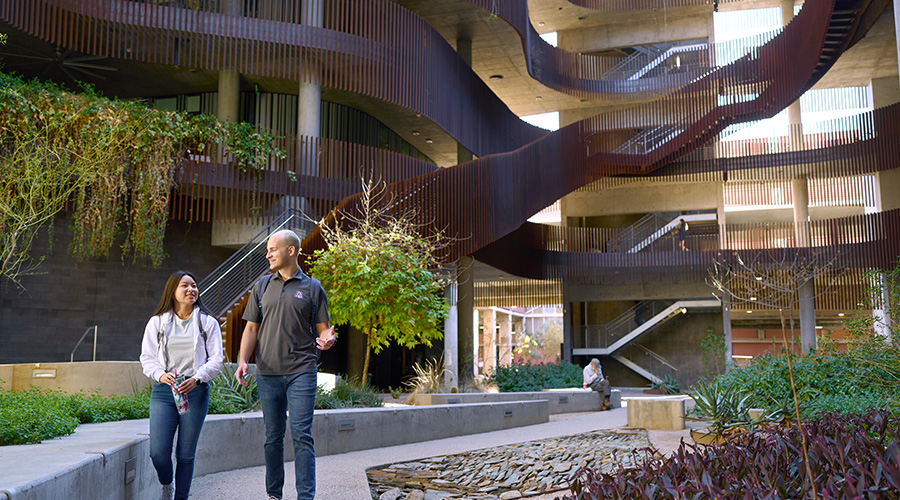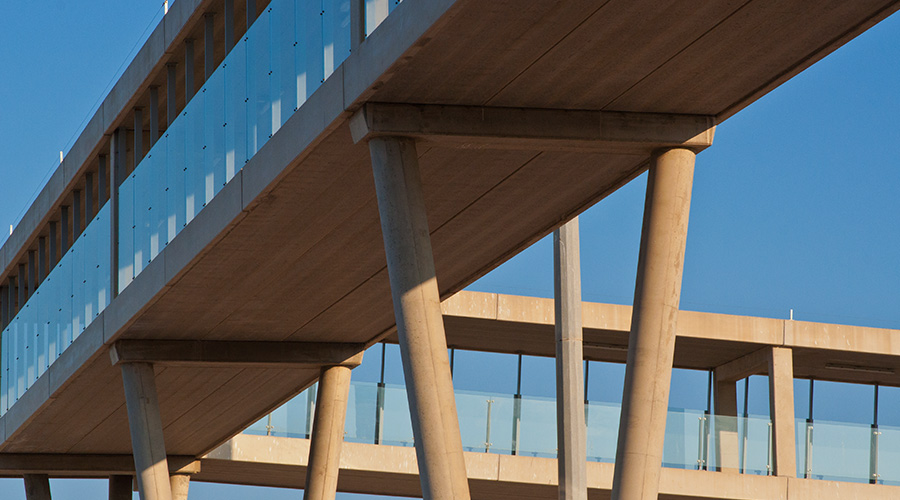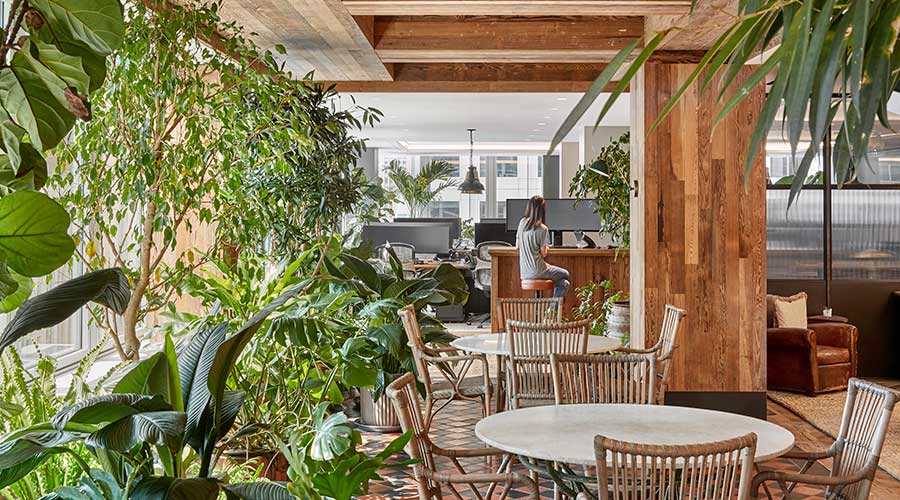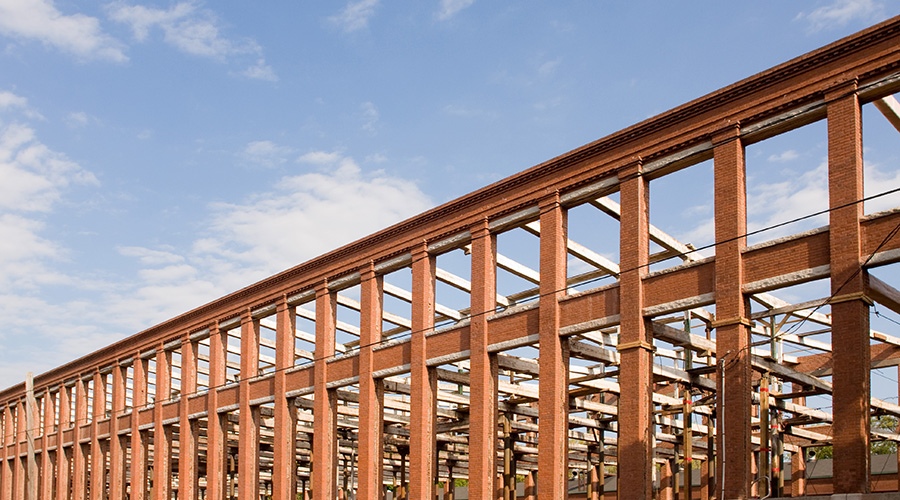To LEED or Not to LEED?
If you are considering LEED certification, it's important to have a LEED Accredited Professional (LEED AP) on the team. This person can be selected from the design firm, the engineering firm or the construction entity and should be an experienced building professional with the knowledge and skills to successfully steward the LEED certification process.
The name LEED is thrown around a lot in sustainable facility discussions, but there are often various levels of understanding within an organization or even within a team. Here are the basics.
A product of the U.S. Green Building Council, LEED (Leadership in Energy & Environmental Design) is a series of green building rating systems that includes: Core & Shell (CS), New Construction (NC), Commercial Interiors (CI), Existing Buildings: Operations and Maintenance (EBOM), Neighborhood Development (ND), Schools (S), Healthcare, Homes (H), and NC or CI Retail. A project may fit one or more of these certification programs but a good LEED AP will identify the most advantageous one.
This discussion will primarily address LEED CS, NC and CI. Each has differing timelines for decision-making, based on whether a project is a new development or the result of a lease deal.
Sustainable design can be thought of as a journey, and good journeys are always based on sound planning. Ideally the decision to pursue sustainable design should be made at the beginning of the planning process. When that's not the case, try to keep all options open for as long as possible with the understanding that there may be budget and schedule consequences if decisions are delayed too long.
When looking to build-out lease space, keep in mind that one critical decision about sustainable design must begin with the selection of the building itself. If you select a building that can't meet the prerequisites for LEED CI, the discussion about certification is over.
LEED
Why Certify?
Is LEED certification worth it? That is a question many real estate and facility executives wrestle with. Some of the benefits are pretty straightforward.
- Recognition for a commitment to environmental issues in a community, an organization and an industry
- Third-party validation of achievement
- Qualification for a growing array of state and local government initiatives
- Compliance with a growing array of municipal and state mandates relative to water and energy conservation as well as occupant health and comfort requirements
- Added value to the building or space
- Assurance that the design addresses key energy and environmental considerations as the LEED checklist has become standard in the construction industry
LEED certification also means the space has been designed and constructed to achieve the benefits of sustainable design.
- Integrated design process resulting in improved team communication and project understanding
- Reduction of operations and maintenance costs over time with improved building performance
- A healthier, more productive workplace
— Michael Bourque and John Albrecht
|
Related Topics:














